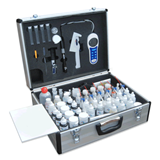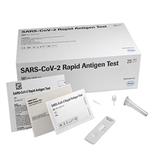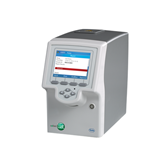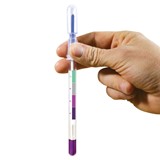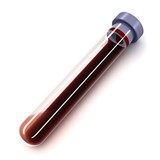The test, known as the ANU Alzheimer's Disease Risk Index (ANU-ADRI), asks simple questions about exercise, diet and lifestyle to work out a person's exposure to known Alzheimer's risk factors.
"Anyone can use the ANU-ADRI to identify areas where they can change their lifestyle and reduce their risk of Alzheimer's," said lead researcher Professor Kaarin Anstey.
"Until now there hasn't been a self-assessment tool to help the public identify which common risk factors they have, and what they can do about them."
Alzheimer's affects more than 30 million people worldwide, and this will increase with population ageing. There's no known cure, but there's good evidence that it can be prevented by reducing risk factors, she said.
Using long-term studies that follow adults over decades, Professor Anstey and her team identified several risk and protective factors for Alzheimer's disease.
They used this information to work out a risk score for each participant. They then examined how this risk score was linked to dementia after several years of follow-up.
"The benefit of this tool is that it is backed by high-quality science," Professor Anstey said.
"We found that the ANU-ADRI score predicted those who were at increased risk. This is the first time a comprehensive measure has been developed and then validated on external studies."
Common risk factors for Alzheimer's include smoking, depression, pesticide exposure and low social engagement, while protective factors include cognitive activity, fish consumption and physical activity, said Professor Anstey.
"Risk reduction for Alzheimer's disease is similar to risk reduction for heart disease," she said.
Professor Anstey cautions that while ANU-ADRI assesses risk and protective factors, it can't predict with certainty if an individual will develop Alzheimer's, as other genetic and medical factors also contribute.


